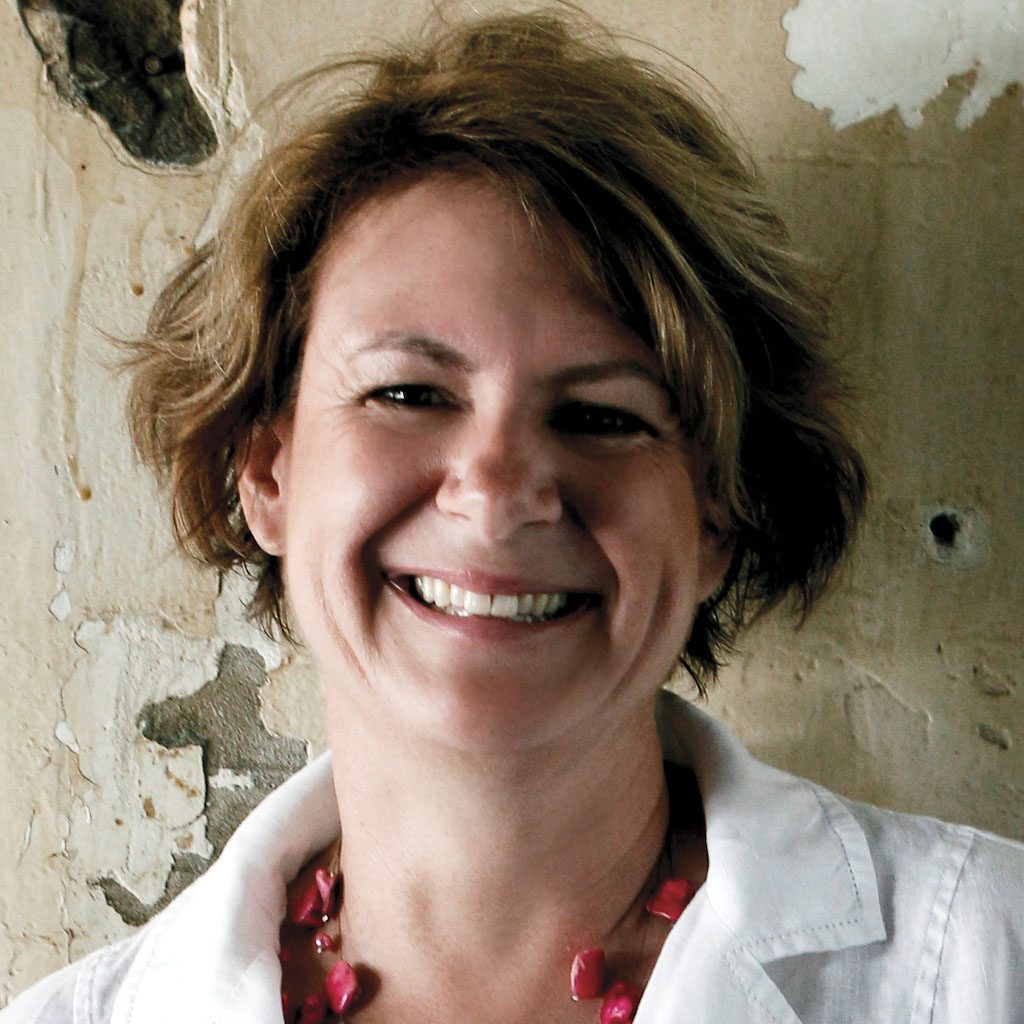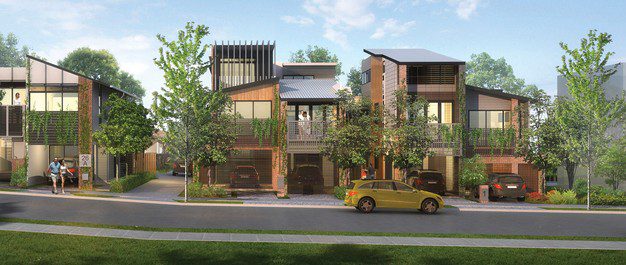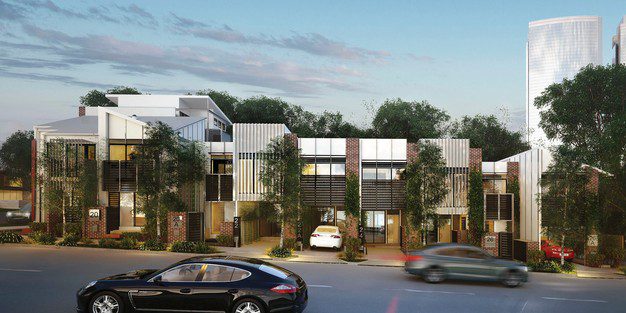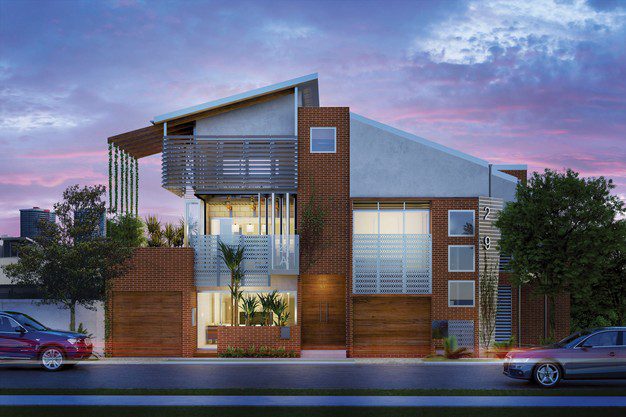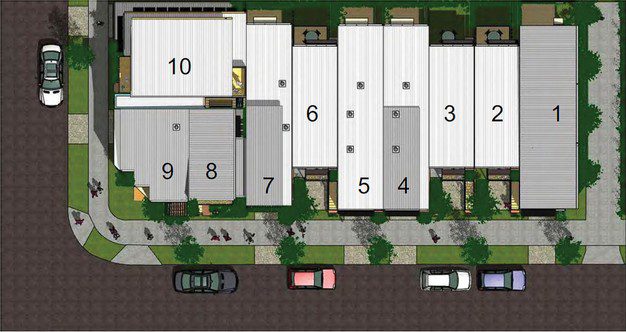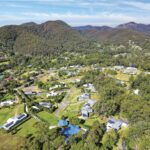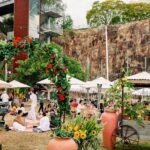PROPERTY
Homeward Bound
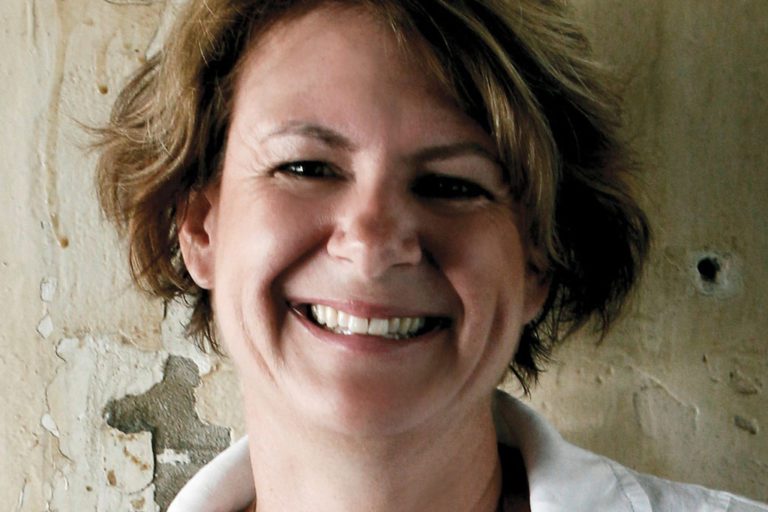
WORDS: PHOTOGRAPHY
ENVI Micro Urban Village is an experimental project to provide affordable, high-quality, high-density housing – all in the centre of Gold Coast action. ORM finds out more.
It’s no secret that Millennials are having a tough time making the ‘leap’ into the housing market by purchasing their first home. It’s especially challenging as they try to balance affordability and lifestyle ambitions. As the mother of three of them myself, my professional passion for helping to solve this problem has become a deeply personal one.
The Central Business District of Southport is a Priority Development Area designated by the Queensland government; an experiment that might help solve this issue is under way in the form of ENVI Micro Urban Village.
The concept is simple: provide affordable, high-quality, high-density housing. Not on the suburban fringe but in the middle of the action, with health and recreation amenities, public transport, shopping, restaurants, cafes, schools, parklands and, most important of all, employment opportunities. What makes this concept new is the way it is transforming one ordinary and inefficient inner-city house block into ten new ones, each owned fully by its buyer.
This concept seemed to represent a ‘light bulb’ moment for my collaborator and I, a local town planner. However, real-life challenges of making this happen were less clear than the vision itself. Delivering a tenfold increase in density is more typical of a high-rise development than a subdivision.
The concept was founded on the idea that this must be done in a way that maintains both consistencies with the surrounding neighbourhood. In addition, we were looking to create a high-quality experience for the targeted new homebuyers.
All this, without increasing the cost, of course, given that housing affordability is the problem underlying this proposed solution.
A leap onto the property ladder is also a fundamental step towards financial and housing security; particularly in Australia, where everything from our superannuation laws to our social welfare system is founded on an assumption of home ownership. This means providing a solution that offers long-term functional, environmental and financial sustainability for current and future owners of the properties.
In this way, while the land opened up by the ‘infill’ subdivision model at the heart of this concept is the unique contribution it offers for housing affordability, design and delivery are key to making this contribution both viable and liveable.
Take the Pico Pod, for example. This is the smallest home in the ENVI Micro Urban Village, with an internal floor area of 60 m2 on a lot footprint of just 4.5 m wide by 8.5 m deep. That’s about the area of the average double garage, and the length of a championship long jump.
This small footprint and compact house design, in combination with the delivery model 9a house and land package), make the Pico Pod feasible even for first homebuyers.
However, its location in the centre of town and its architectural design are what make it liveable.
With a design featuring generous glazing and high ceilings across two storeys, the house feels much larger than it is. It demonstrates that architecture is available and affordable not only to the wealthy patrons and clients of ‘starchitects’, but also to everyday housing consumers who crave both better choices and good design.
It is this appetite for choice that makes it possible to experiment with housing solutions such as ENVI. Buyers can opt out of a car spot in order to increase the affordability of their new home.
In the eyes of many Millennials, and other ‘invisible’ homebuyers neglected by the current property market, this à la carte approach is a welcome disruptor to tired and lazy assumptions that provide no real value to the buyer.
For example, many buyers would rather meet their transport needs by walking, utilising public transport, or leveraging the new services offered by the ‘sharing economy’, including carshare services such as GoGet, Flexicar and Car Next Door. Or at least, they would if these options were as readily available on the Gold Coast as they are elsewhere in Australia.
Enabling homebuyers to tailor their purchases to make use of such options increases both value and value for money. It also enhances neighbourhood character and improving efficiency of land use. It is time that developers, as well as the property market and its regulators, caught up.
The approaching completion of ENVI—and the successful test of the experiment it represents—provides some sign that the Gold Coast is, in fact, catching up. This certainly offers hope for the next generation of homebuyers.
This new development model may indeed be, as Channel 7 NEWS has dubbed it, ‘The Shape of Things to Come’.
International curiosity regarding this fresh take on a traditional settlement pattern has reinforced my belief that the Gold Coast is capable of experimenting with the best of them in order to create exciting solutions for the world’s growing urbanisation challenges. We’ve already proved we’re a world-class city, with the 2018 Gold Coast Commonwealth Games being just the latest example. Now, let’s prove ourselves a world-leading city, too, by investing in new and innovative solutions for sustainable and affordable housing development.


